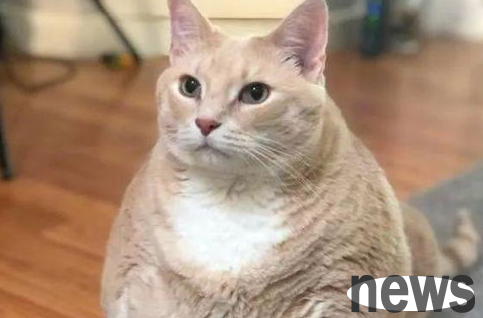Heart disease is a disease that is prone to elderly cats. Heart disease is mostly caused by congenital factors. Of course, acquired breeding and other accidental heart diseases are not ruled out. Heart disease has always been a headache for doctors. First of all, its diagnosis is extremely troublesome. It is common to see that when symptoms show, it is already in the late stage of heart disease, so this requires that you have a good examination and diagnosis in the early stage.

1. Basic inspection of the attitudes and behaviors of animals can provide clues to discover the current problems or severity of the animals themselves. Depression, alertness, listlessness or over-movement can be seen. Animals may experience severe pulmonary edema, pleural effusion, pericardial effusion, pneumothorax, diaphragmatic Hernia or respiratory diseases. If an animal stands with straight elbows, lengthening of the head, enlarged nostrils and opening its mouth to breathe, it may be difficult to breathe and must be treated immediately, which may be life-threatening. If a cough occurs during a scientific examination, it will help the clinician observe the form or sound to distinguish the problem.
2. Breathing examination
The breathing frequency of healthy cats in a quiet state is 20 to 30 times per minute. When breathing, the chest cavity will fluctuate with the frequency of breathing, while the fluctuations in the abdomen will not be obvious.
The speed and depth of breathing can reflect the cat's health to a certain extent. During intense exercise or tension, changes in breathing speed and shallow breathing will occur, which is a normal physiological change. However, if the cat's breathing rate increases rapidly in a quiet state, each breath becomes deeper or shallower, or opens its mouth to breathe, it indicates that the cat's body is abnormal. For example, during pneumonia, cats will experience symptoms such as rapid breathing rate, coughing, and runny nose.
When cats are emphysema, they breathe quickly and shallowly, and the ups and downs of their abdomen are usually greater than those of their chests. If they find that the cat's breathing frequency is very tight, some are even more than 80 times per minute, and their gums and tongue are purple, it indicates that the cat has very severe breathing difficulties and its body is in a state of severe hypoxia. At this time, urgent oxygen inhalation and other treatment measures are needed immediately, otherwise it is easy to die. This condition is more common in some middle-aged and elderly cats, and these cats usually have heart disease or pleural hydrops. In this case, you must keep the cat quiet and never make the cat too nervous, otherwise it will easily lead to death. When the cat experiences the above situation, it should be sent to the animal hospital for a comprehensive examination as soon as possible. The doctor will perform various necessary examinations on the cat such as chest X-rays, ultrasounds, blood tests, etc. and take corresponding treatment measures.
3. Heart rate examination
Heart rate or pulse is an important physiological indicator that reflects the heart function and blood circulation of cats. Under normal circumstances, it is 160 beats per minute for kittens and 120-140 beats per minute for adult cats.
The cat's heart is in the left chest cavity near the elbow joint of the forelimb. A cat with normal or thin body can obviously feel the heart beating regularly when it is pressed against this part with his hands, while obese cats sometimes find it difficult to feel it. The pulse of a cat is usually measured at the femoral artery on the inner thigh of the hind limbs. If you press the index finger and middle finger tightly on this part, you can clearly feel the pulse beat, and the number of times is basically the same as the number of heartbeats.
Tense and intense exercise can cause an increase in heart rate and pulse, and some excitatory cats can even reach up to 250 beats per minute. Under normal circumstances, the heartbeat and pulse of cats are neat and strong, while some cats with heart disease or weak constitution usually have various abnormalities such as irregular beating, sometimes fast and sometimes slow, and their pulses will become weak. These all indicate that cats have abnormal heart function. In addition to abnormal heart rate or pulse, cats with heart problems also have common clinical symptoms such as mental loss, physical exhaustion, breathing, and hypoxia.